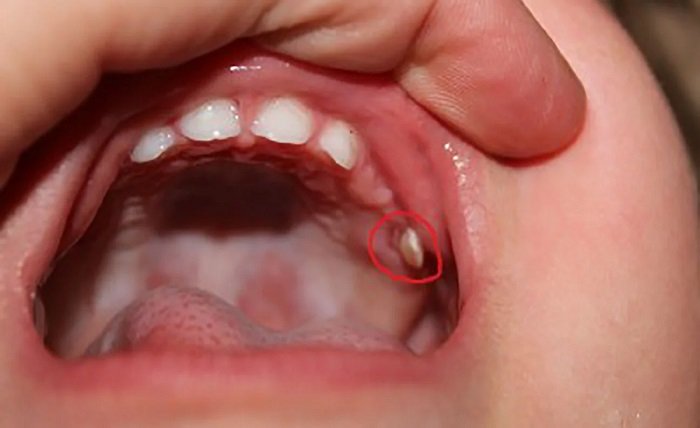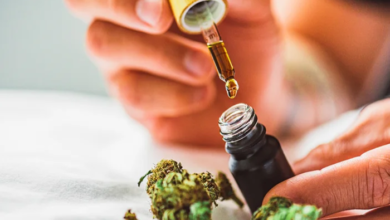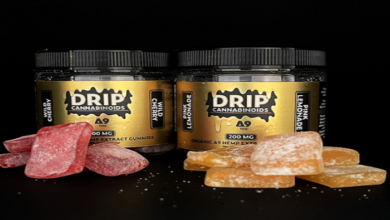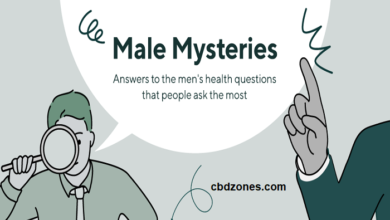Why Is the Roof of My Mouth Yellow? Causes and Treatments

The roof of your mouth, also known as the palate, is normally pink or light red in color. However, sometimes you may notice that the roof of your mouth has turned yellow or has yellow spots or patches. This can be alarming and make you wonder what is causing this change and whether it is serious.
There are several possible reasons why the roof of your mouth is yellow. Some of them are harmless and easy to treat, while others may indicate a more serious condition that requires medical attention. In this article, we will explore some of the common causes and treatments of a yellow roof of the mouth.
Causes of a Yellow Roof of the Mouth
The following are some of the possible causes of a yellow roof of the mouth, along with their symptoms and treatments.
Poor Oral Hygiene
One of the most common causes of a yellow roof of the mouth is poor oral hygiene. If you do not brush your teeth and tongue regularly and thoroughly, bacteria can accumulate in your mouth and cause plaque and tartar to form. Plaque and tartar are sticky substances that can coat your teeth, gums, tongue, and palate, and give them a yellow or brown appearance.
Other symptoms of poor oral hygiene include bad breath, swollen or bleeding gums, tooth decay, and cavities.
The treatment for poor oral hygiene is simple: brush your teeth at least twice a day with fluoride toothpaste, floss daily, use a tongue scraper or brush to clean your tongue, and rinse your mouth with an antiseptic mouthwash. You should also visit your dentist regularly for checkups and professional cleaning.
Dry Mouth or Mouth Breathing
Another possible cause of a yellow roof of the mouth is dry mouth or xerostomia. Dry mouth is a condition where your salivary glands do not produce enough saliva to keep your mouth moist and lubricated. Saliva plays an important role in washing away food particles, bacteria, and dead cells from your mouth. Without enough saliva, these substances can build up on your palate and make it look yellow.
Dry mouth can be caused by various factors, such as dehydration, medication side effects, smoking, alcohol consumption, aging, or certain medical conditions. Mouth breathing can also cause dry mouth, as it exposes your mouth to dry air.
Other symptoms of dry mouth include difficulty swallowing, speaking, or tasting food, sticky or thick saliva, cracked lips, sore throat, and increased risk of tooth decay and gum disease.
The treatment for dry mouth depends on the underlying cause. You can try to increase your saliva production by drinking plenty of water, chewing sugar-free gum or candy, using artificial saliva products, or using a humidifier at night. You should also avoid smoking, alcohol, caffeine, spicy or acidic foods, and mouthwashes that contain alcohol. If you have a medical condition or take medication that causes dry mouth, you should consult your doctor for advice.
Oral Thrush
Oral thrush is a fungal infection caused by an overgrowth of Candida albicans yeast in your mouth. Candida albicans is normally present in small amounts in your mouth, but it can multiply and cause problems when your immune system is weakened or when you take antibiotics that kill the good bacteria that keep it in check.
Oral thrush can cause yellow patches or bumps on your palate, tongue, inner cheeks, or lips. These patches may look like cottage cheese and can be scraped off with a tongue scraper or a cotton swab. However, scraping them off may cause bleeding or pain.
Other symptoms of oral thrush include a burning sensation in your mouth, loss of taste, difficulty swallowing, and redness or soreness in your mouth.
The treatment for oral thrush usually involves antifungal medication, such as lozenges, tablets, or liquid that you take orally or apply to the affected areas. You may also need to rinse your mouth with salt water or baking soda solution to help reduce the acidity and prevent the growth of yeast. You should also practice good oral hygiene and avoid foods that contain sugar or yeast.
Read more about: sportsgurupro
Canker Sores
Canker sores are small, painful ulcers that can appear anywhere inside your mouth, including on your palate. Canker sores are not contagious and usually heal on their own within one to two weeks. However, they can make eating, drinking, and speaking uncomfortable.
Canker sores can have various causes, such as minor trauma (like biting your cheek), stress, hormonal changes, allergies, vitamin deficiencies, or certain medical conditions.
Canker sores may appear red or yellow in color. If they appear on your palate, they may make this area look yellow.
The treatment for canker sores involves relieving the pain and inflammation. You can try to apply ice, honey, aloe vera gel, or over-the-counter topical products to the sores. You can also rinse your mouth with salt water or antiseptic mouthwash to prevent infection and speed up healing. You should avoid spicy, acidic, or hard foods that may irritate the sores.
Jaundice
Jaundice is a serious condition that occurs when there is too much bilirubin in your blood. Bilirubin is a yellow pigment that is produced when your red blood cells break down. Normally, your liver filters out bilirubin and excretes it through your bile and urine. However, if your liver is damaged or diseased, or if you have a blockage in your bile ducts or a blood disorder, bilirubin can accumulate in your blood and cause your skin and eyes to turn yellow.
Jaundice can also affect the color of your mouth, including your palate. If you have jaundice, you may notice that the roof of your mouth is yellow or has a yellowish tint.
Other symptoms of jaundice include fatigue, nausea, vomiting, abdominal pain, dark urine, and pale stools.
The treatment for jaundice depends on the underlying cause. You may need medication, surgery, or blood transfusion to treat the condition that is causing jaundice. You may also need to follow a special diet and avoid alcohol and certain drugs that may harm your liver.
Conclusion
The roof of your mouth is yellow for various reasons. Some of them are harmless and easy to treat, such as poor oral hygiene, dry mouth, or canker sores. Others may indicate a more serious condition that requires medical attention, such as oral thrush, jaundice, or oral cancer. If you notice that the roof of your mouth is yellow, you should examine your mouth carefully and look for other signs and symptoms. You should also practice good oral hygiene and avoid smoking, alcohol, and other irritants that may affect the color of your mouth. If the yellow color persists for more than two weeks, or if you have other symptoms such as pain, bleeding, fever, or weight loss, you should see your doctor or dentist as soon as possible.
Read more about: cloudsports24




